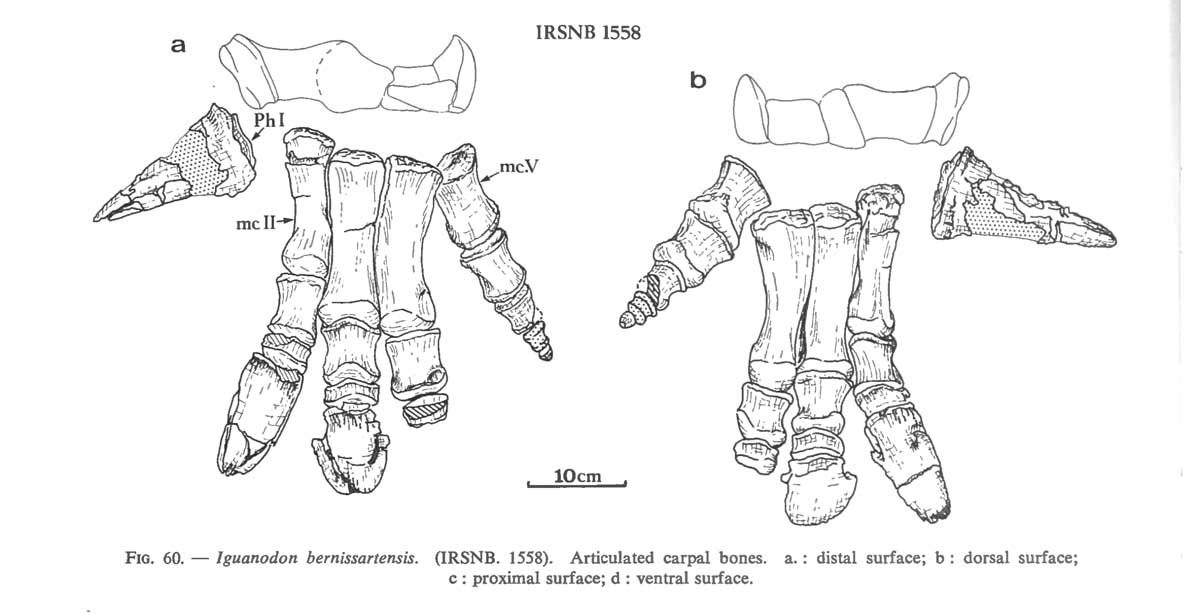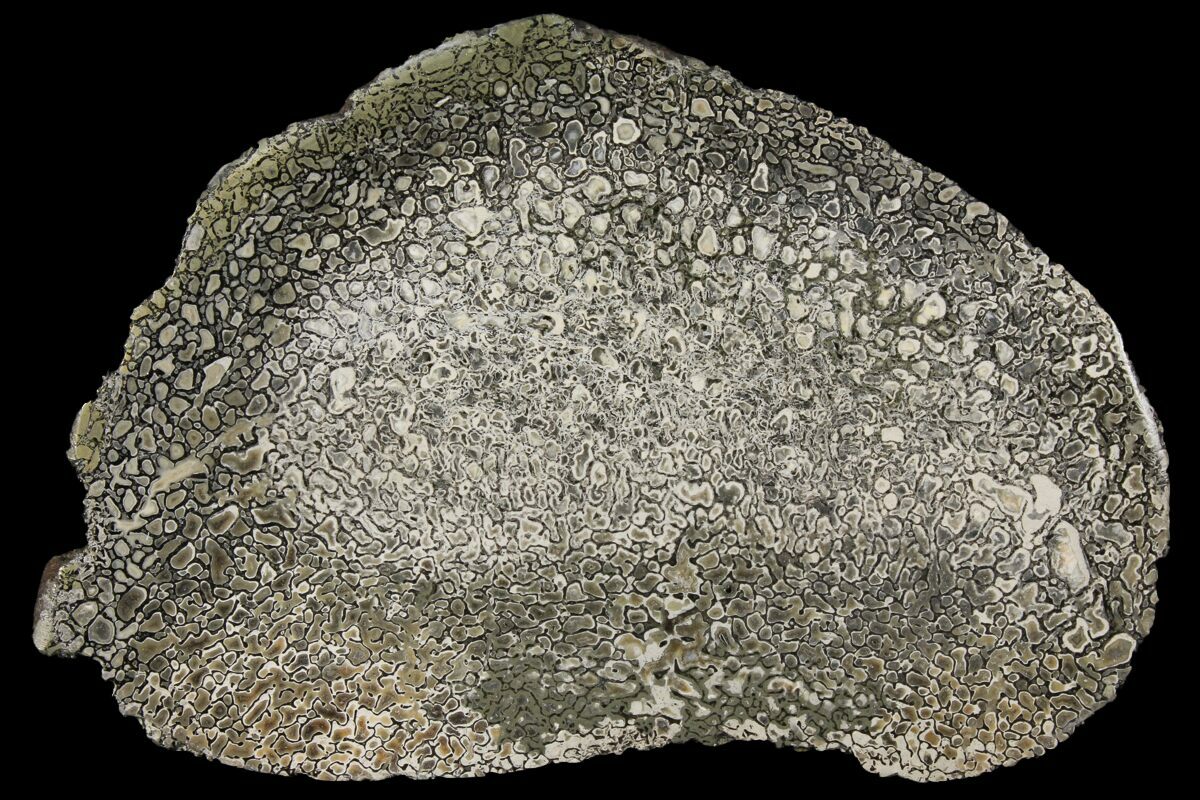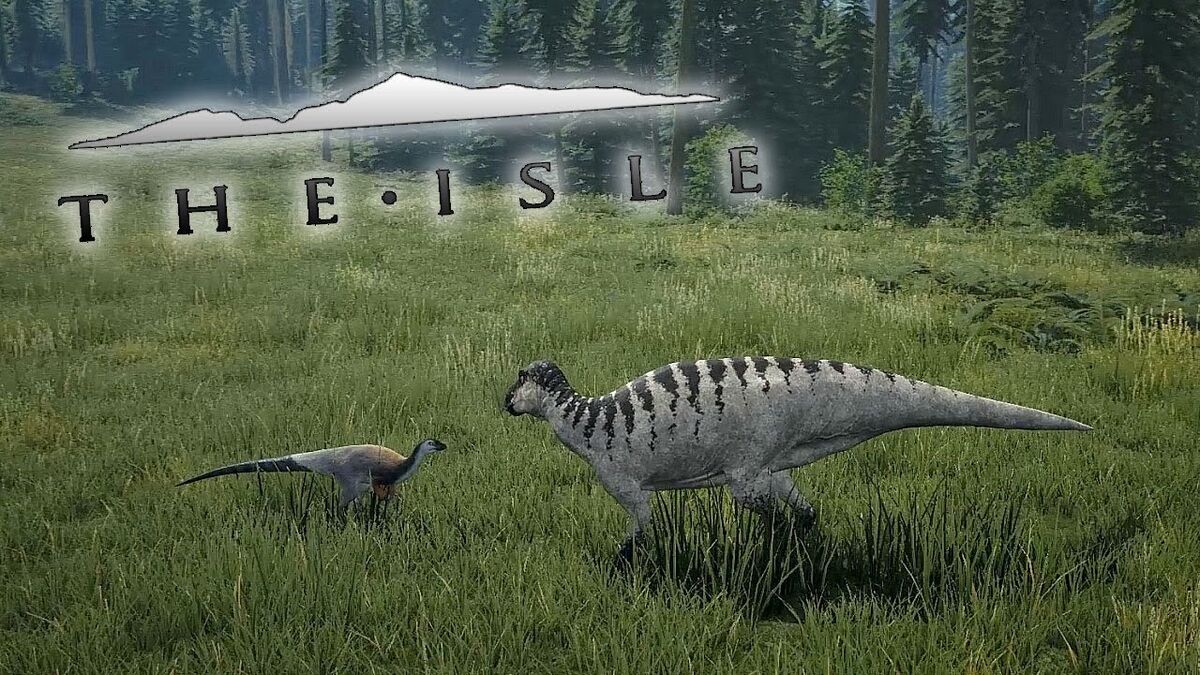3.7" Polished Iguanodon Bone Isle Of Wight (9290) For Sale

Polished Iguanodon Bone Isle Of Wight (8968) For Sale
Discovered in Sussex in 1822, a collection of teeth was the first evidence of a gigantic herbivorous reptile named Iguanodon. This dinosaur and its closest relatives lived during the Early Cretaceous, between 140 and 110 million years ago. The crucial discovery helped to kick-start our fascination with dinosaurs.

Iguanodon, an Isle of Wight Iguanodontid DinoWight
Iguanodon is more unique seeing as it is an Ornithopod not a Hadrosaur if added it would most likely be able to fight off small and even some medium size carnivores more effectively than Parasaurolophus and Maisaura. What preyed on Iquanadon, anyway?

The Isle The Life and Journey of the Baby Iguanodon YouTube
Until now, iguanodontian material found from the Wealden Group (representing part of the Early Cretaceous period) on the Isle of Wight has usually been referred to as one of these two dinosaurs.

1.9" Polished Iguanodon Bone Isle of Wight (33272) For Sale
Iguanodon atherfieldensis, translated as Atherfield's Iguana-tooth, was first discovered by Reginald Hooley in 1917, and has since been discovered in Belgium, Spain, France and Germany. It grew.

3.6" Polished Iguanodon Bone Isle Of Wight (64604) For Sale
Iguanodon. Sign in to edit View history Talk (0) Community content is available under CC-BY-SA unless otherwise noted. More Fandoms Fantasy; Horror; Advertisement. Fan Feed More The Isle Wiki. 1 Diet System; 2. The Isle Wiki is a FANDOM Games Community. View Mobile Site

3.7" Polished Iguanodon Bone Isle Of Wight (9290) For Sale
Over the past 200 years, a whole menagerie of ancient animals has been found on the island, from sauropods to theropods, with more species being unearthed on a regular basis. Just last year Neil, Jeremy and their co-authors named two new species of spinosaur, while Jeremy was also part of a team that named a new species related to Iguanodon.

4.3" Pyritized, Polished Iguanodon Bone Isle Of Wight (131196) For Sale
Description of the Material As one of the most common dinosaurs in the Wealden, let alone the Isle of Wight, there is quite a lot of this. The distinguishing features of Iguanodon are in the skull, pelvis and foot, so most material is assumed to be Iguanodon just because it's so common.

2.8" Polished Iguanodon Bone Isle Of Wight (69933) For Sale
The hadrosauriform fauna of the Barremian-Aptian Wealden Group on both the Isle of Wight and mainland England has been represented for almost a century by just two taxa, the robust Iguanodon bernissartensis and the more gracile Mantellisaurus atherfieldensis, with referred material often being fragmentary or based on unassociated elements.

6" Polished Iguanodon Bone Isle Of Wight (131198) For Sale
A new species of dinosaur with an extremely large nose has been identified by a retired GP who spent lockdown rummaging through boxes of ancient bones. Jeremy Lockwood, who is studying for a PhD at.

Iguanodon, an Isle of Wight Iguanodontid DinoWight
Iguanodon, (genus Iguanodon), large herbivorous dinosaurs found as fossils from the Late Jurassic and Early Cretaceous periods (161.2 million to 99.6 million years ago) in a wide area of Europe, North Africa, North America, Australia, and Asia; a few have been found from Late Cretaceous deposits of Europe and southern Africa.. Iguanodon was the largest, best known, and most widespread of all.

3.5" Polished Iguanodon Bone Isle Of Wight For Sale (9292)
Iguanodon is probably the most famous of the Isle of Wight's dinosaurs and is known from all over the world. Iguanodon would have been a high-browser, rearing up on its hind legs to feed on high branches of tree-ferns and conifers, both of which have been found in the Isle of Wight fossil record. Recent taxonomy work of Iguanodon.

Iguanodon The Isle Wiki Fandom
New species of iguanodontian dinosaur discovered from Isle of Wight by Taylor & Francis Reconstruction of the head of Brighstoneus simmondsi. Credit: John Sibbick Scientists from the Natural.

2" Polished Iguanodon Bone Isle Of Wight (9285) For Sale
The first Iguanodon fossils —only the second dinosaur given a formal name after Megalosaurus — were actually found on mainland England, in Sussex, in the 1820s and described by British paleontologist Gideon Mantell.

Pink Iggy, Iguanodon skeleton, Dinosaur Isle Museum, Sandown, Isle of Wight, UK Stock Photo Alamy
Until now, iguanodontian material found from the Wealden Group (representing part of the Early Cretaceous period) on the Isle of Wight has usually been referred to as one of these two dinosaurs - with more gracile fossil bones assigned to Mantellisaurus and the larger and more robust material assigned to Iguanodon. Nasal and Maxilla.

2" Polished Iguanodon Bone Isle Of Wight For Sale (9275)
Iguanodon was the second type of dinosaur formally named based on fossil specimens, after Megalosaurus. Together with Megalosaurus and Hylaeosaurus, it was one of the three genera originally used to define Dinosauria. The genus Iguanodon belongs to the larger group Iguanodontia, along with the duck-billed hadrosaurs.

1.7" Pyritized, Polished Iguanodon Bone Isle Of Wight (69935) For Sale
Key Takeaways The Iguanodon's habitat consisted mainly of forests, swamplands, coastal inlets, and islands. The first Iguanodon fossils were discovered in England, leading to a surge in dinosaur research. The discovery of 35 Iguanodon fossils in a Brussels' coal mine significantly expanded our understanding of these dinosaurs.